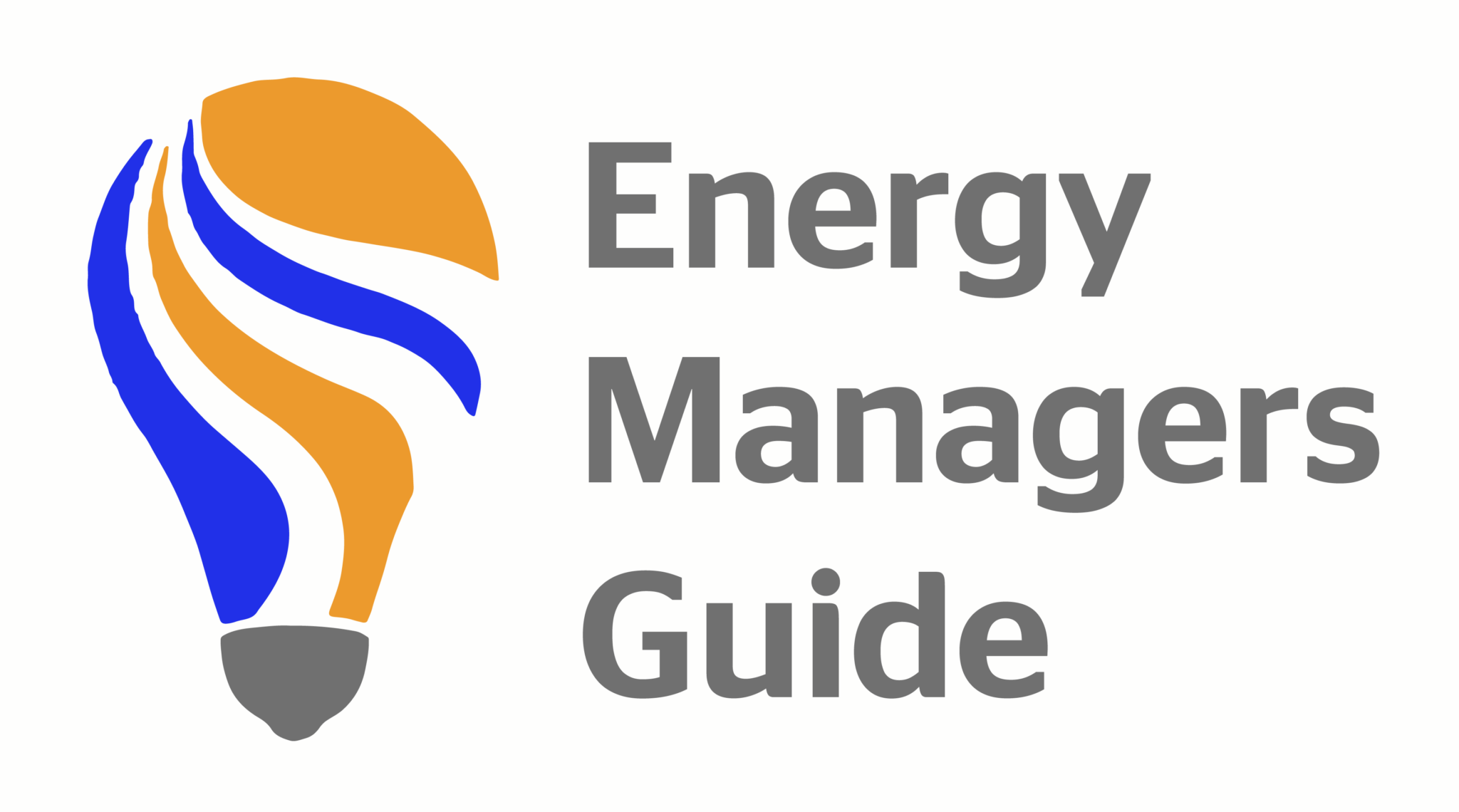In the realm of energy management, achieving precision and efficiency is paramount, and interval data emerges as a key tool in this pursuit. This granular source of information goes beyond the conventional scope of utility bills, adding a layer of detail that is instrumental in deciphering intricate patterns of energy consumption. As we delve into this article, we will explore how interval-based data plays a pivotal role in refining our understanding of energy usage, enabling organisations to make informed decisions for enhanced efficiency and cost-effectiveness.
Understanding Interval Data
Interval data is a type of energy consumption data that provides insights into energy usage at regular, predefined intervals, typically at shorter time increments. This level of granularity goes beyond standard utility billing and is typically captured via smart meters. According to Smart Energy International, many of these smart meters record 15-minute interval readings, enabling organisations to perform detailed analysis without relying solely on monthly summaries.
Distinguishing Interval Data Monitoring from Real-time Energy Monitoring
While real-time energy monitoring provides immediate insights into ongoing energy usage, interval data monitoring takes a slightly different approach. Real-time monitoring often offers a continuous, instantaneous view of energy consumption, enabling swift reactions to sudden changes. On the other hand, timed energy data monitoring captures consumption data at regular intervals, allowing for a more nuanced understanding of energy usage patterns over time.
Leveraging Interval Data for Informed Decision-Making
Organisations can harness the power of interval readings to make informed decisions aimed at reducing energy consumption and enhancing overall energy efficiency. Here is how:
Identifying Usage Patterns
Interval-based data reveals when energy-intensive activities occur, helping organisations pinpoint high-demand periods and potential sources of energy wastage.
Operational Adjustments
Armed with insights from interval energy readings, organisations can make informed operational adjustments. For instance, scheduling equipment usage during off-peak times to minimise costs associated with peak demand.
Efficient Equipment Management
Interval data facilitates the tracking of individual equipment or systems’ performance, enabling organisations to identify and address inefficiencies for improved overall energy efficiency.
Strategic Planning
Analysis of interval data aids in strategic planning by providing a comprehensive view of energy usage trends. This information is invaluable for long-term energy management strategies.
Optimising Utility Tariffs
Understanding load profiles through interval data is crucial for selecting the most cost-effective utility tariffs. Organisations can align their energy usage with optimal tariff structures.
Implementation and Analysis
Interval data can be sourced from utility companies or through self-installed submeter networks. Establishing a self-installed submeter network, while an investment, normally offers more control over data gathering. In addition, organisations can use energy management information systems to import, analyse, and visualise interval-based data. These tools streamline the process, providing actionable insights for decision-makers.
In conclusion, interval data stands as a valuable asset in the arsenal of energy management strategies. Its detailed insights empower organisations to make informed decisions, reduce energy consumption, and enhance overall efficiency—a vital step towards sustainable and cost-effective energy practices.







